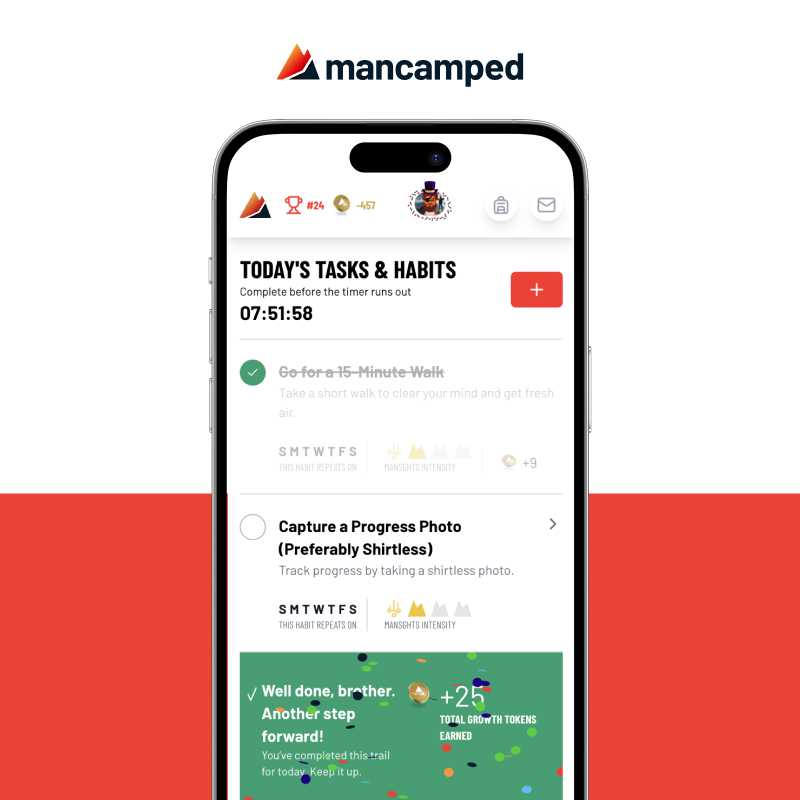Mission
Picsello was created to help photographers make more money doing what they love instead of focusing on the day-to-day operations of running a photography business. It operates and automates from start to finish, the entire workflow a photography business goes through. From capturing a lead on their website, to booking them, reminding of the shoot and finally gallery delivery and purchasing of digitals & prints.
My Contributions
I was employee number 4 at Picsello, and was with the business for 3 years swiftly leading and executing on the product vision. I took the web app through every stage of the UX design process, led a development team to ship the roadmap, and hoped in and coded to help accelerate the dev team and time-to-market. I am a Player/Coach leader at heart. I also contributed to the marketing site through design and development.












